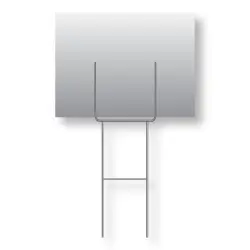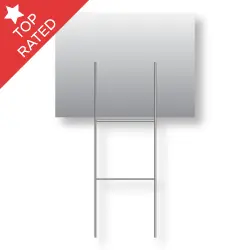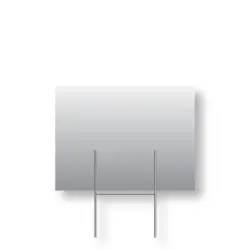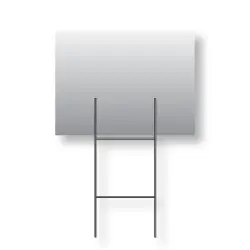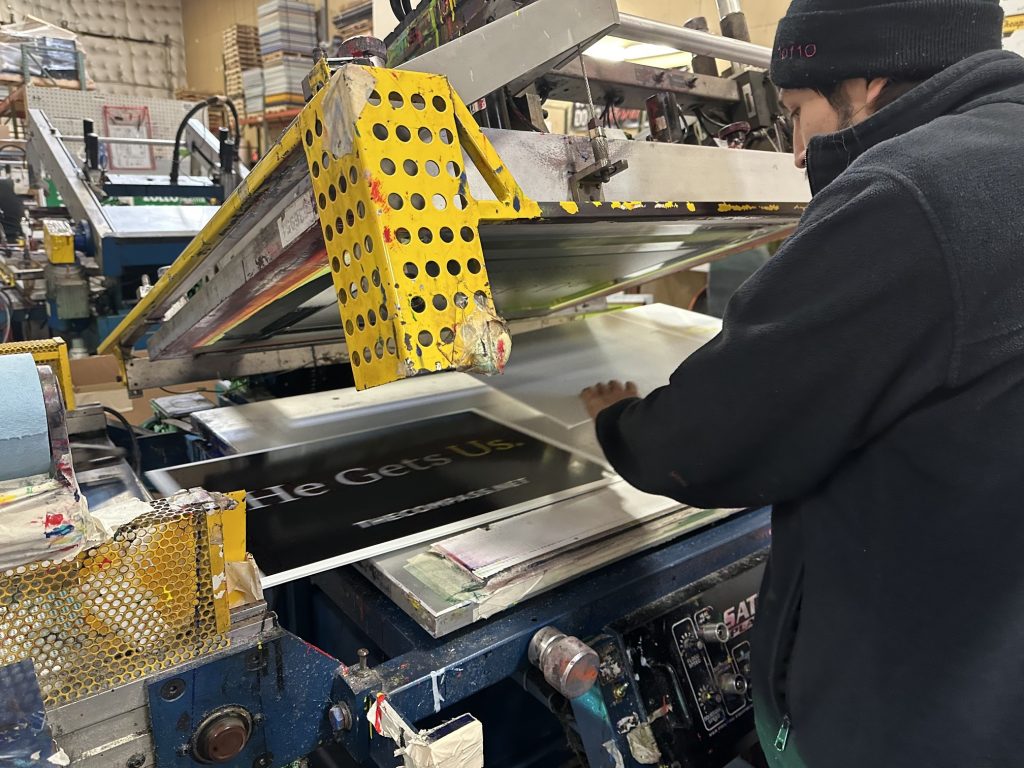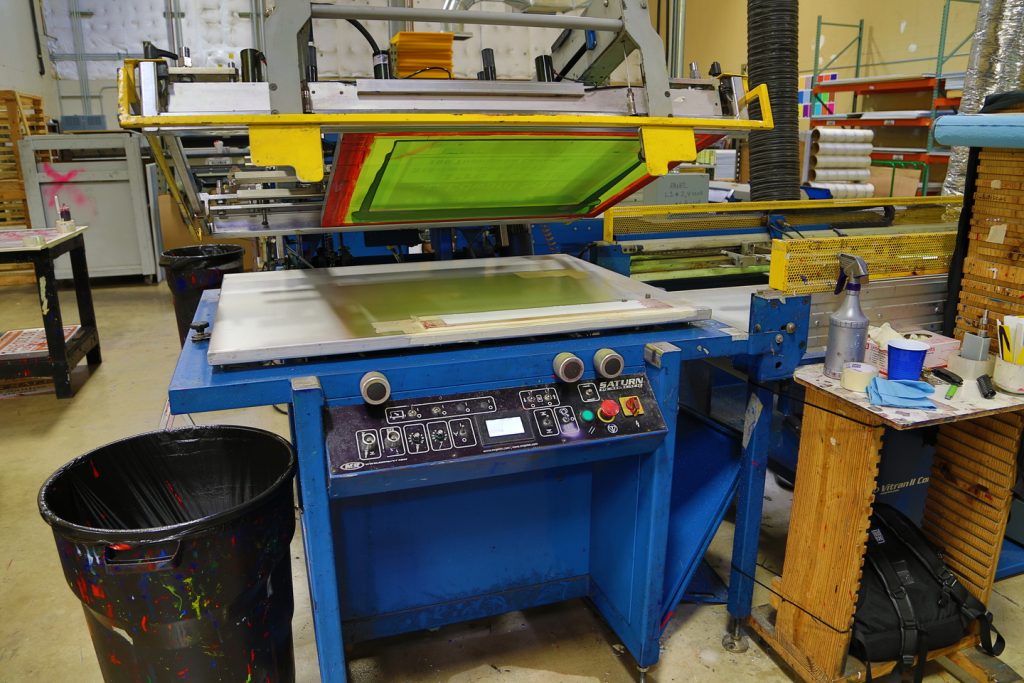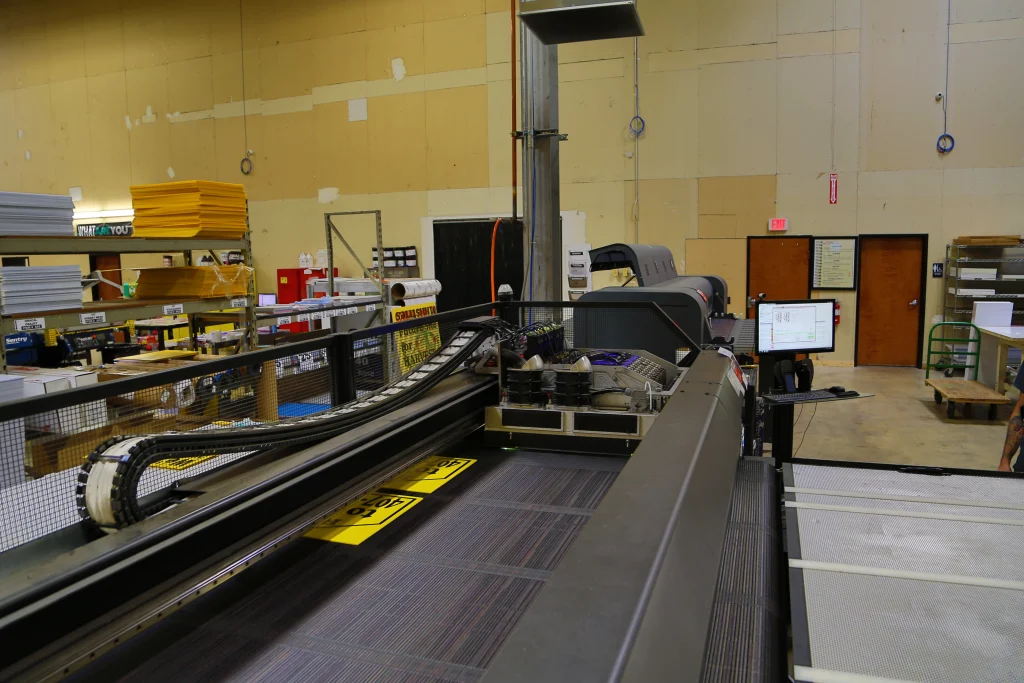Yard Sign Stakes: A Comprehensive Guide to Wire Stakes
Table of Contents
- What are Those?
- The Standard
- Half the size, all the hype!
- Economy’s booming
- Don’t worry, these are Heavy-Duty!
- The Choice is Yours!
- TLDR: So… What kind of H-wires are there?
What are Those?
Ever wonder what those little metal looking wires are that hold up the yard signs? You know, the yard signs you see on the side of the road? They are called H-wire stakes, more commonly called wire stakes or H-wires and they are made of galvanized steel. There seems to be a variety of different types of H-wires but after just learning what they are, how do you know which to get? Here at Super Cheap Signs, we carry 4 options of wire stakes. We’ll go over the different kinds and what they’re best suited for when it comes to displaying your signs.
The Standard
First, we have the Standard H-wire. They consist of 4, 9-gauge steel wires that are welded together to form an “H” shape, just with two lines in the middle instead of one. These are 30 inches tall and 10 inches wide and best suited for signs no bigger than 24”x 24”. These are the most common type of H-wire to see in the wild and are going to be our base of comparison for the other wire stakes we’re about to go over.
Half the size, all the hype!
Second, we have Half-size H-wires, which are just as they sound. Imagine taking a standard H-wire and cutting it in half. What you’re left with is 2 half size h wires. Nifty, right? These are only 15 inches tall but still 10 inches wide. Great for keeping your signs low to the ground and create the illusion that the signs are just standing upright on their own. These are also great for areas with higher winds than average. Best for smaller signs but can still hold the traditional 18×24 signs as well.
Economy’s booming
Third up on our list are Economy H-wires. These are slightly shorter than the standard wire stakes, but still stand tall at 24 inches. These also maintain the same width of 10 inches, as well as 9-gauge steel wire. Being a bit cheaper than the standards, but still offering similar results, economy H-Wires are definitely the more budget friendly option. Plus, if you need something to be displayed lower than the standard but higher than the half size, these are the perfect middle ground.
Don’t worry, these are Heavy-Duty!
Finally, we have our Heavy-Duty H-wires. These are as the name implies, heavy-duty and meant for places where the ground is tougher than your grandpa. But seriously, the base of these are made from 3-gauge steel wire which is considerably thicker than the 9-gauge the rest are solely made of. They still have the 9-gauge wires too, just on the top of them so that the signs can still fit. They’re the common choice for displaying signs with sizes like 24×32, 24×36, and 24×48. They can be used for signs as big as 4’x4’, as long as you use two at a time. We recommend using U-channel posts for signs 4’ or taller but this article is about wire stakes, so we’ll come back to that later. Either way, having some heavy duty H-Wires will definitely help your signs stand up to the elements, no pun intended.
The Choice is Yours!
The Choice is Yours With all these options, now you have a better idea on what would work best for your specific needs. When in doubt the standard size is going to be the safe bet. They’re the standard for a reason, right? If you have any further questions, check out our accessories page. Don’t hesitate to give us a call at 512-833-9900 and as always, we look forward to keeping on providing you with more sign knowledge in the future.
TLDR: So… What kind of H-wires are there?
- Standard H-wires: Tried, true, and versatile; as a standard should be
- Half-Size H-wires: As the name implies, half of a standard and cheaper too
- Economy H-wires: Slightly shorter than the standard but perfectly budget friendly
- Heavy-Duty H-wires: Thicker at the base and a meant for tough ground and tougher elements

